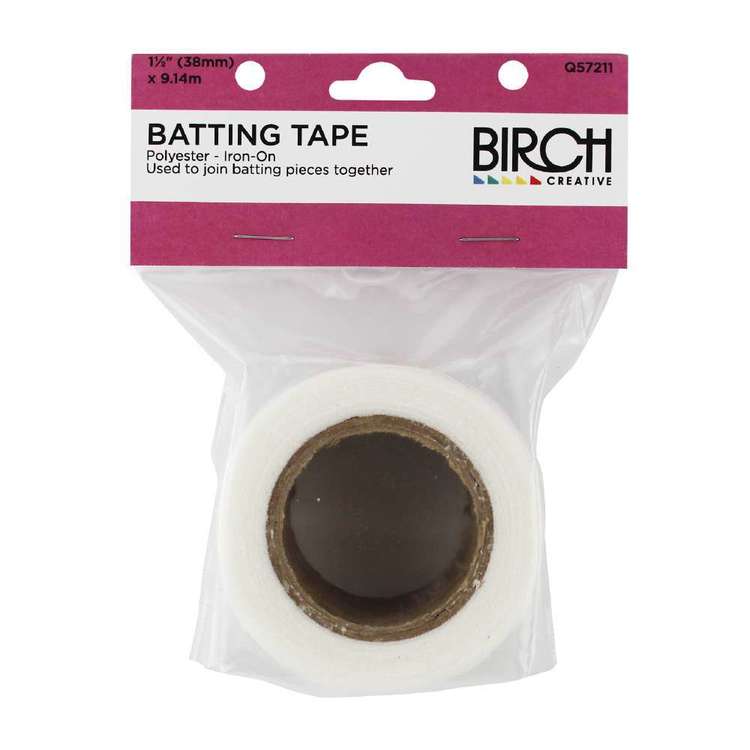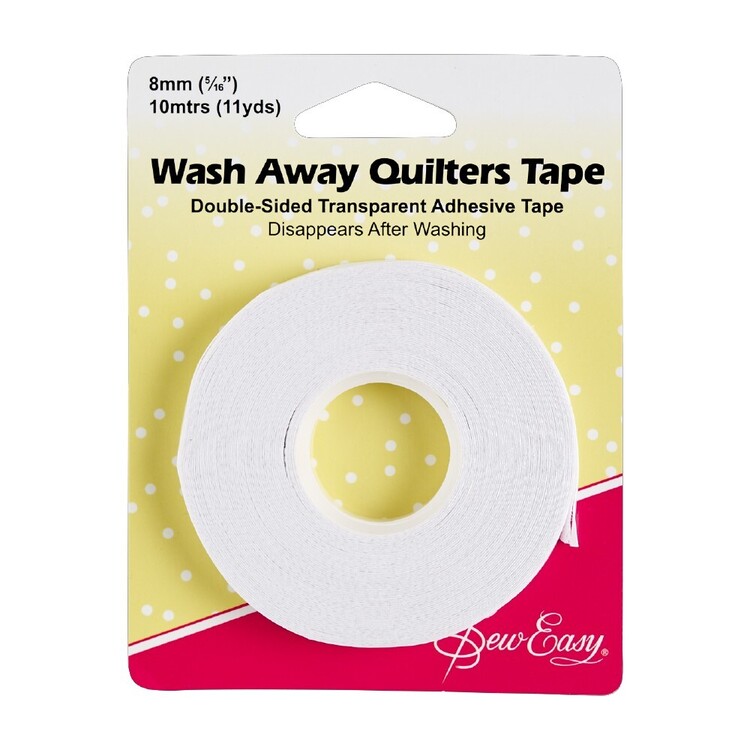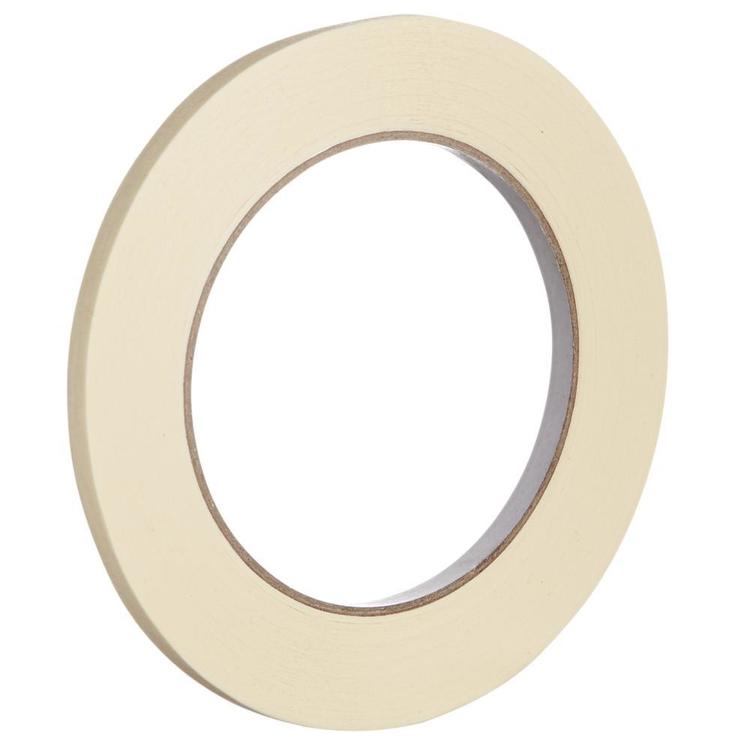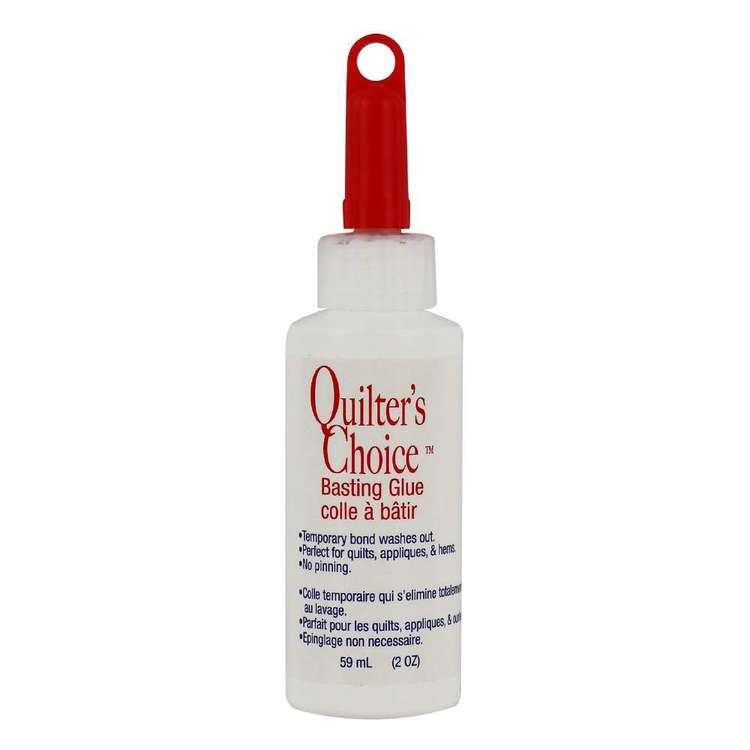 | ||
| Your browser is not supported. | ||
|
Please browse our site using any of the following options:
| ||
Quilting Glues & Tapes
Glue & tape has many applications in quilting projects. That's why Spotlight has huge range of quilters tape & quilting glue. Shop online or in-store.
4 items found.
Using Glue And Tape In Quilting Projects
While supplies such as sewing needles and fabrics are the most obvious ones for quilting, the least obvious one is tape and glue. Nevertheless, these supplies are extremely useful for a variety of projects. If you are curious how to use these supplies in your projects, be sure to check out the guide below.
How Is Glue And Tape Used In Quilting Projects?
As we briefly mentioned already, glue and tape actually has a remarkable number of applications in quilting. Here are some of the most common examples of how glue and tape is used in the quilting craft.
Binding: The simple action of binding can be difficult for beginners, and this is where glue and tape comes in. In fact, these simple tools can make the entire technique a whole lot easier and less frustrating. Interestingly, glue and tape can be used for both manual sewing and machine sewing.
Piecing: Putting your fabrics together can be a challenge, especially in patchwork quilting. If this is something you have struggled with in the past, you may want to look at obtaining some glue or tape as well. They can be used to keep your fabrics together before you sew them permanently. This is especially interesting for those who sew with a sewing machine.
Hemming: Those who do not like to use pins while quilting could consider some simple tape or glue instead. Of course, this particular technique can also be used for other sewing projects such as dressmaking and tailoring. So, getting some glue and tape for these applications in not a bad idea either.
Applique: Trying your hand at applique for the first time? One of the problems you could encounter is fabric shifting, which can ruin a project in a heartbeat. Fortunately, there is a simple solution with glue or tape. Evidently, you could use these as an alternative to pins, which can be difficult to sew around.
Basting: Some crafters prefer to use an adhesive spray for their quilts, but these can be quite costly in the long run. If your budget is limited for a project, you can use a simple glue instead. There are many washable glues that make the process easier, including Elmer's washable glue that is available at Spotlight.
What Are Some Additional Tips When Working With Quilting Glue And Tape?
There are a couple of easy tips to keep in mind when you start working with quilting glue and tape for the first time. Here are some of the most interesting tips Spotlight found, which can prove useful during your next project.
If you are looking for an affordable glue, then be sure to check out Elmer's washable glue from our general glue section. If you use this particular glue, it is important to set it before you actually start sewing. Otherwise, the bond between the glue and the fabric could potentially break. To set the glue between the fabric, use a simple dry iron and press the fabric for several seconds. As soon as this is done, you can start sewing your fabric without worry.
Glue can be a worry for some crafters because they believe that adding it could cause their needles to become affected. While this rarely happens, it is a valid concern with some types of glue. If you have avoided working with glue because of this, there is a simple trick to avoiding the issue. Simply use the glue in the seam allowance and avoid using it over the rest of your fabric. By doing so, you will avoid getting glue on the needle or damaging it in general.
Next, it is important to realise that a large amount of glue does not necessarily mean the strongest bond with the fabric. Glue is made to create a strong bond with a minimum amount of glue, so only apply the minimum required amount. Of course, the amount of glue you use will be subject to the glue type. For example, if you use glue dots, you will need less than regular glue. Instead, spread the glue dots across the fabric instead of making a solid line. In other words, it is usually down to common sense more than anything else.
Please note that any glue you use in quilting needs to be washable. Once your project is completed, it can easily be washed off and keep your project intact. Using permanent glue will affect your project negatively, as it cannot be removed.












